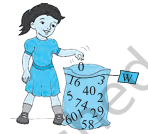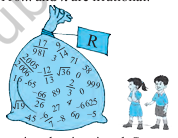Fatal
Side effects of Corona Vaccine on human body in 2025// COVID-19 vaccine
Prevents or kills life
Introduction
(Corona Pandemic)
A mind must wish to visualize a disease free life in
the world. No one likes to become sick at any cost. But nature has its role in
our life as well as in life of all living organism. The raping of nature by
human beings pays off right punishment. The novel virus corona had reached
across the border of Wuhan, China to almost all continents and countries of the
world. The epicentre of corona-19 and corona-20 became fatal pandemic for whole
world. Corona is severe acute respiratory disease that killed millions of
people which was spreading by touching from one person to many. The threat of
life disturbed all systems of modern civilization. Many vaccines were invented
and developed by scientists and doctors all over the world to vaccinate people
in order to keep human race safe for future.
Corona vaccine
A number of vaccines were researched and developed for
fighting against corona virus by the scientists and doctors world-wide. Co vaccine, Covishild,
and many more vaccines were injected in human body to prevent corona virus and
its impact. With in no time the effect of vaccination showed its impact by
saving precious lives of humans. But the doctors and scientists have applied
the prevention on trial mode for next six years. No doubt the death toll was
reduced radically in short time. The impact of vaccine was flourished and
relaxed people in the time of terror of corona. But there were many fearful
notions arose in the minds of doctors as well as patients and normal people
then.
The impact of vaccine was good but it had many side
effects. There were rumours that vaccinated patient may face critical problems
like heart failure, kidney failure, liver damage, weakness, mental disorder,
etc. It was also guessed to be impotent forever from reproduction point of
view. Many aspired for fatal deficiency in human body due to vaccination.
Though it was not baseless but it was not truth.
Symptoms of
side effect of corona
The vast side effect of the vaccine is mild, temporary
and normal. However there are some symptoms like nausea, vomiting, headache, pain
in muscle, fatigue, diarrhoea, fever etc for short time noticed but it vanish
in very short . These effects typically appear within a day or two and resolve
it selves in a few days. Pain, redness and swelling at injection side,
gastrointestinal issues, like fatigue, nausea, vomiting and diarrhoea,
headache, muscle pain and fever are common issues but are for short time.
In 2025 the negative
side effect of such vaccination has been noticed in many countries of the world.
Some of the vaccines have very bad impact on normal activity of human body. Doctors
say nothing to worry, because the impact is normal. It does not have fatal
impact. So everything is as usual.
Prevention















































